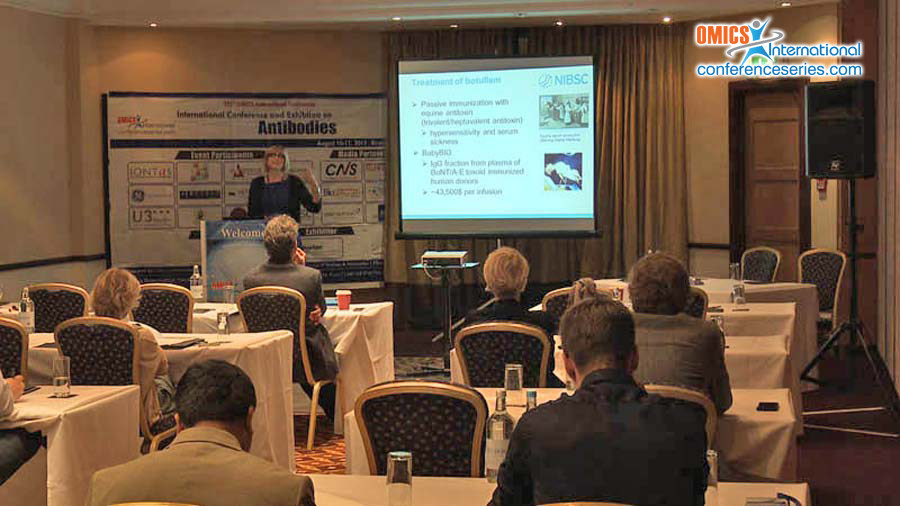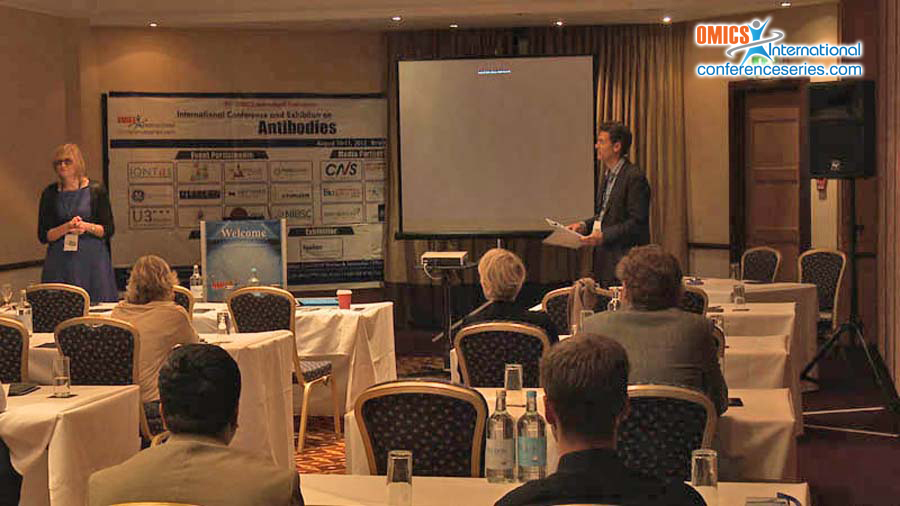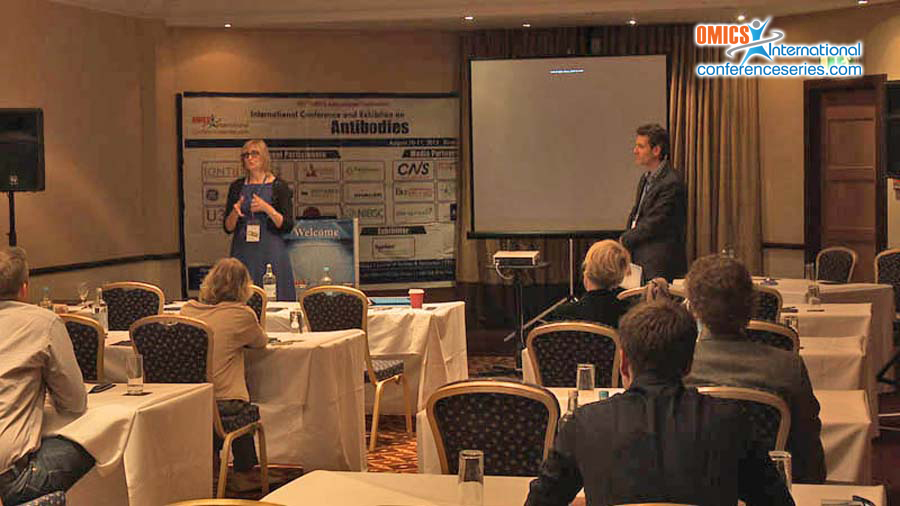
Thea Sesardic
NIBSC, UK
Title: Neutralizing antibodies directed against Botulinum A and B toxin heavy and light chains
Biography
Biography: Thea Sesardic
Abstract
Purpose of Study: The antiBotABE is a collaborative consortium project with an aim to generate an oligoclonal cocktail of protective recombinant super-humanized IgGs against neurotoxins secreted by Clostridium botulinum A, B, and E strains. A new strategy has been implemented involving germline-humanized antibodies of macaque (Macaca fascicularis) origin, which already proved successful to generate neutralizing antibodies against ricin and anthrax toxins, as well against encephalitis viruses. These drug lead candidates could become available for biodefense primarily, but also for treatment of natural and iatrogenic cases of botulism. Methods: The recombinant form of the corresponding heavy (HC) and light (LC) chains of botulinum neurotoxin (BoNT) A and B were used to immunize macaques, from which an immune antibody phage-display library was built. The best antibody fragments (scFvs) isolated from that library were selected according to their affinities, and the best binders against the LC and HC were tested against BoNT holotoxin for their in vitro inhibition properties in an endopeptidase assays and ex vivo neutralization in mouse phrenic nerve-hemidiaphragm assay respectively. The most effective scFvs were humanized using human germline sequences as template, expressed as full size IgG and tested individually and in combination for neutralization properties in local flaccid paralysis as well as in lethality bioassay in vivo. Summary of Results: The best scFvs or scFv-Fcs against the LC, selected by inhibition of endopeptidase studies in vitro and subsequently by mouse phrenic nerve-hemidiaphragm assay were SEM120-IIIC1 and BLC3 against BoNT/A and B respectively. The best scFvs or scFv-Fcs against the HC were selected by highest neutralization capacity in the mouse phrenic nerve-hemidiaphragm assay and were AHc38 and B2-7 against BoNT/A and B respectively. When these antibodies were expressed as IgGs and tested in the mouse protection assay AHc38 and BLC3 alone protected mice from toxin induced paralysis, whereas combinations of SEM120-IIIC1 and AHc38 as well as combinations of BLC3 and B2-7 fully protected mice in vivo at doses where protection was not observed by each antibody alone. Conclusions: AntiBotABE project has developed promising germline-humanized IgGs confirming the success of a strategy, based on targeting the HC and LC domains and the use of NHP hyper-immune libraries. These antibodies are potential lead candidates for further clinical development.





